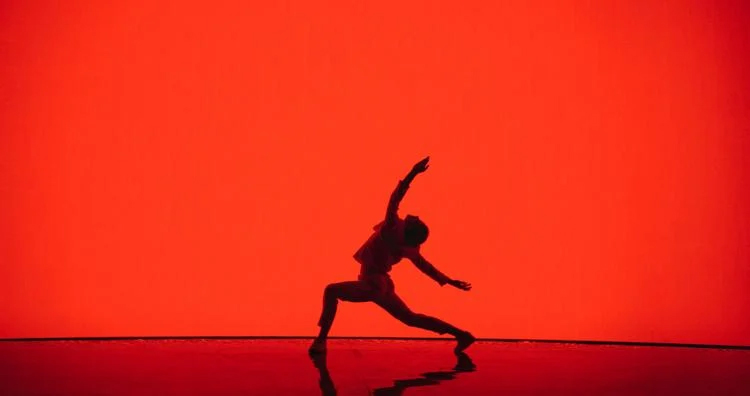
iStock
In the midst of the maelstrom of detrimental issues that daily lacerate our spirit of survival in Puerto Rico, a bill is filed that bursts into the conscience of artistic expression born of bodily movement. The country is once again collapsing due to the lack of essential services -such as electricity and aqueducts- affecting even the purity of the primary electoral event for the 2024 electoral contest. On the other hand, the illegal release of prisoners of high danger of violence, such as murderers, rapists, kidnappers, among others, was recently uncovered. However, attention is diverted towards the State that focuses its persecutory light to detect its critics in order to placate them. Strangling their thinking and their capacity for economic subsistence, to get them out of the way, is the way to prevent them from hindering their political power.
One of the traditional tools available to the State is to regulate trades and occupations under the pretext of their "professionalization". For those who were interested in ensnaring them with this story, they did not count on the resistance raised by those who knew about the debate of yesteryear on regulation vs. compulsory colegiacion vs. unionization of workers. In the particular case of the arts, when the State intends to regulate them, the door is wide open for prior censorship and gagging. With the aim of achieving better conditions within the precariousness of their work spaces, uninformed artists about the complex legal debate on the control and supervision inherent in the regulation of an occupation, could have put the noose around their necks, surrendering their raison d'être as critical art.
To this effect, House Bill 2170 (May 22/2024), authored by Representative Lourdes Ramos and filed by petition of Mrs. Juliana Ortiz Ríos, was filed to establish a Dance Regulatory Council. Is it pure coincidence that this is the same contractor of the Department of Corrections and Rehabilitation (DCR) to provide body movement classes to inmates (Contracts Nos. 2022-000-062; 2023-0000-076, among others)? Just at the moment when the lack of criteria to measure the dangerousness of convicted murderers, rapists and kidnappers, among others, to be released early is being questioned, Ortiz Ríos appears as a promoter of the bill to regulate who may or may not be a teacher, choreographer or dancer.
Despite the publicity that the PC 2170 promoted better working conditions, the text of the bill goes in a different direction. It reproduces the traditional model to establish an examining board that responds to the interests of the political party of administration to grant professional licenses; providing who may or may not practice the "profession" of dancer. The nine members of the regulatory board shall be appointed by the governor with the advice and consent of the Senate of Puerto Rico (Art. 4). The board shall establish "standards of quality, safety and ethics in the practice of dance" (Art. 4(a)) and adopt regulations to enforce them. If the requirements are violated, a fine of up to $2,000 may be imposed (Art. 14) with the legal consequences of nonpayment.
This is the axis of control to restrict the critical thinking that can be manifested through the arts. When the working instrument of art is the body, it is intertwined with other moralistic assessments rooted in philosophical, religious, sociological foundations -such as race, gender, age, social class- reproducing the worldview of those who assume the reins of the country. Contrary to the fundamental right of freedom of expression, this is where the fine line is drawn, if the type of dance allowed by law is restricted, and who will be able to exercise their particular dance genre. If once they achieve certification to practice within the parameters of permitted body movement, but then evolve their style to do artistic urban guerrilla work, are they exposed to the revocation of their "professional" license as an impediment to earning a living? It is against this that we raise a flag to defend the right of all exponents of the art of dance to exercise their freedom of artistic expression.
Finally, it raises suspicion that at the moment when misconduct is discovered within the DCR, which puts the community at risk, the contractor in charge of the rehabilitation through body movement program that does not care to know the crime for which its participants of the prison project were convicted (Noticel, 23/October/2021) is the one who promoted the regulation of the dance. How is "rehabilitation" measured, without identifying the dangerousness of the prisoner as a starting point? Is this how the prisoners' vote is harvested?
This opinion article was originally published in Spanish by El Vocero.

